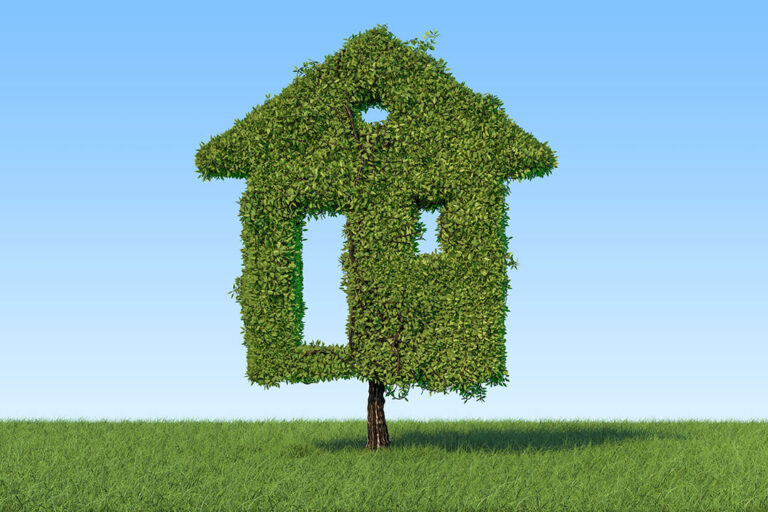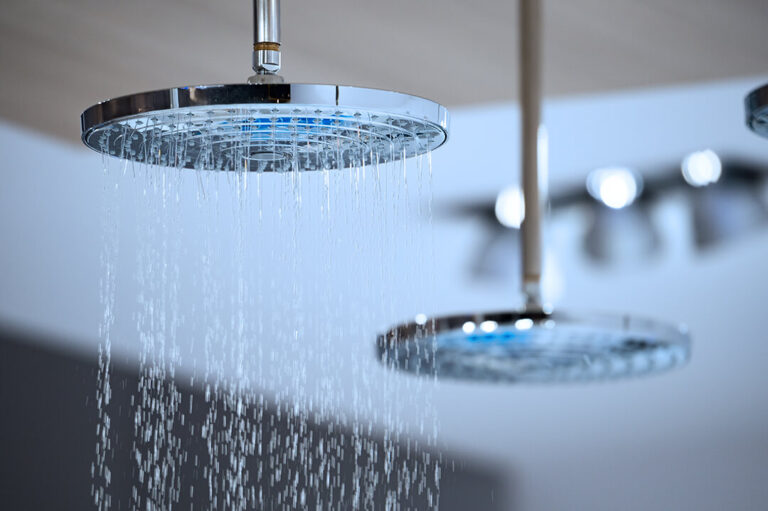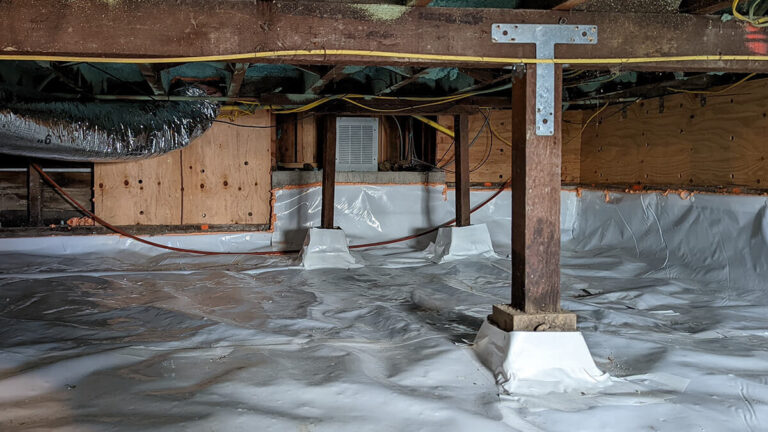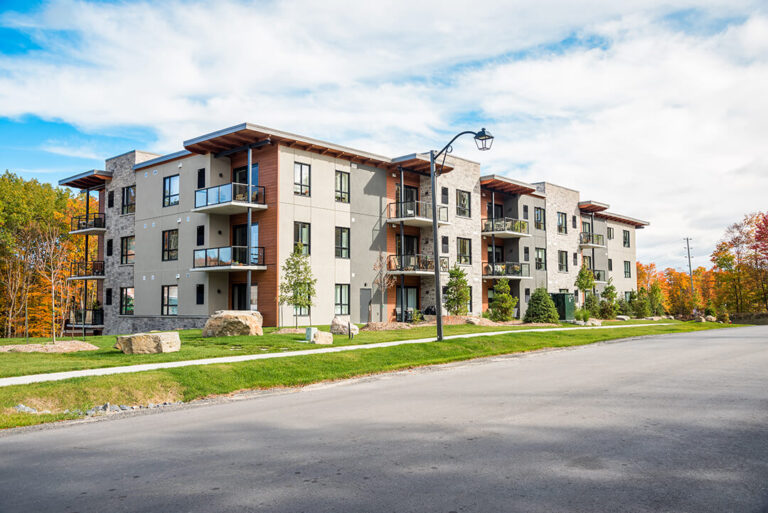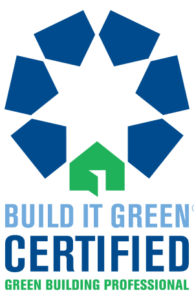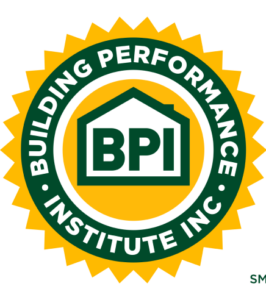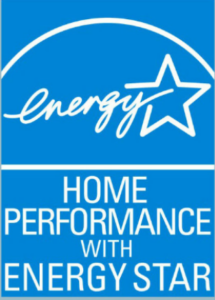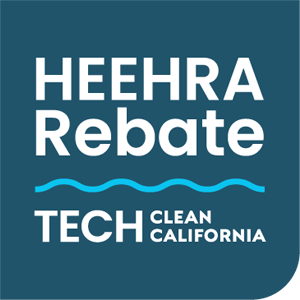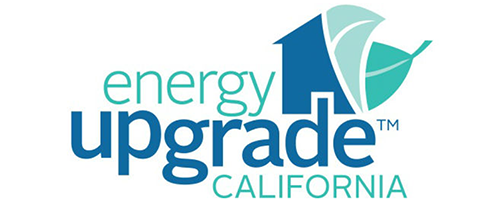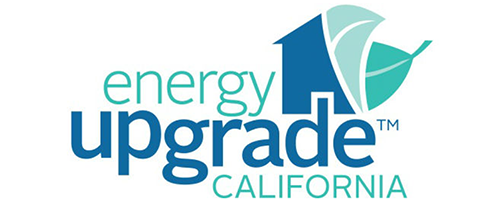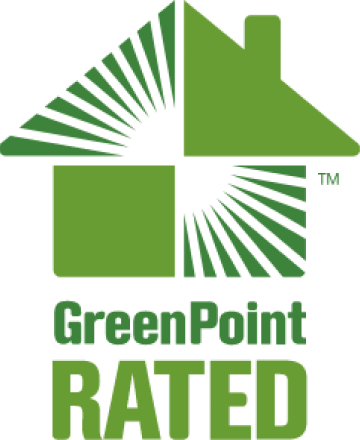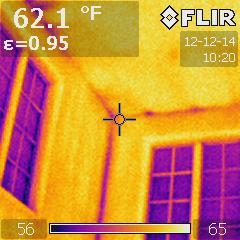
When people hear “energy upgrade,” one of their first thoughts might be of double pane window upgrades. This is probably because windows are much more immediately noticeable to a resident than, say, leaky ducts. You may walk by a closed window and feel a slight draft, and this is certainly relevant to energy efficiency and comfort. However, in most cases, window upgrades are much less cost-effective than many other energy upgrades. Air sealing, insulation, proper unit sizing and duct work are all much higher priorities. Even the most expensive triple pane window will never provide as much thermal resistance as a properly insulated wall, for example. And double pane windows won’t help much if you’re already losing too much conditioned air to leaky ducts and high building air leakage.
On the other hand, this is not to say that upgrading your windows is a complete waste. If, for example, you have aluminum framed leaky single pane windows (worst-case scenario), then it would still move “window replacement” up on the energy upgrade project priority list. However, it is still unlikely to be anywhere near the top of the list.
It is well worth the time and cost to bring in an energy professional to perform an energy assessment (AKA energy audit) of the home and quantitatively show you which projects would improve energy savings, comfort and indoor air quality for the lowest cost. The energy auditor can also show you where windows come up on the project priority list for your specific home.
So if you are still considering upgrading your windows, here is some important information.
Panes and Dollars
When you look at prices and insulation ratings, keep in mind, sometimes the rating may refer to the whole window (including the frame), which is the case in the NFRC rating system. Or, sometimes the rating may only refer to the glass itself (called “center-of-glass”).
The framing material is important. Metal frames (usually aluminum) are generally the cheapest and least energy-efficient option. Wood frames are better insulators and more aesthetically desirable, but are also the most expensive and the least weather-resistant. Vinyl can be a good middle ground, as it is fairly energy efficient and durable, and generally a low price. Other options exist as well, such as composite and fiberglass.
So, for example, if you see a triple pane window with a great rating for just the glass, but it has a metal frame, it may not be any better overall than a good quality double pane window with a good NFRC rating.
So is it worth it?
The U-factor (or U-value) is a rating that measures heat flow. It is arguably the most important rating, as it is very important in cold climates, and still beneficial in hot climates. Low U-factor is desirable, as lower U-factor means higher thermal resistance. The best double pane windows can achieve a U-factor of 0.30, while high-end triple pane windows can reach 0.15. This difference is noticeable when considering the windows alone, but in the big picture, it’s not very significant. Is it enough of a whole-house energy improvement to be worth the price? Maybe not. The difference between 0.30 and 0.15 U-factor converts to a difference of R3 (a measurement of insulation). Compare this to going from an R10 insulated attic, for example, to an R38 attic in terms of energy savings, comfort and cost.
Hot or Cold Climates?
Another factor to consider for windows is solar heat gain, which is quantified by the SHGC (solar heat gain coefficient). This is a number between 0 and 1, and refers to the fraction of solar radiation transmitted through a window. A window with a high SHGC will transmit more heat. This can be desirable in the winter, as it provides free heat. Or if you live in a generally hotter area, you might want a low SHGC, to help out during the summer. Also, the orientation and shading conditions are relevant. A window that is rarely under direct sunlight does not need a low SHGC.
Daylight, View, and Energy Efficiency
Windows that let in a lot of daylight, and give a nice view, are desirable. The “visible transmittance” of a window quantifies this concept, again, to a fraction between 0 and 1. Select windows with a high VT, but keep in mind, if they are in direct sunlight, they will transmit more heat. Choose a SHGC accordingly.
Extra Boosts
Low-emittance (Low-E) coatings are ultra-thin metal or metallic oxide layers applied to the glass that can further improve a window’s U-value, particularly with multiple panes, as the material can be applied to each layer, reducing the heat transfer from one layer to the next. Furthermore, low-E coatings can be customized for high or low SHGC values.
Argon gas or Krypton gas fills are another way to improve thermal performance. Argon gas is fairly inexpensive, and optimal for ½” spacing. Krypton is more expensive, and has better performance, effective in thinner spacings, such as ¼”.
Get in Contact
For more information about energy efficient Windows, call (925) 363-4498 to speak to a technician or schedule a Professional Energy Assessment. You can also e-mail: info@epbuilders.com




